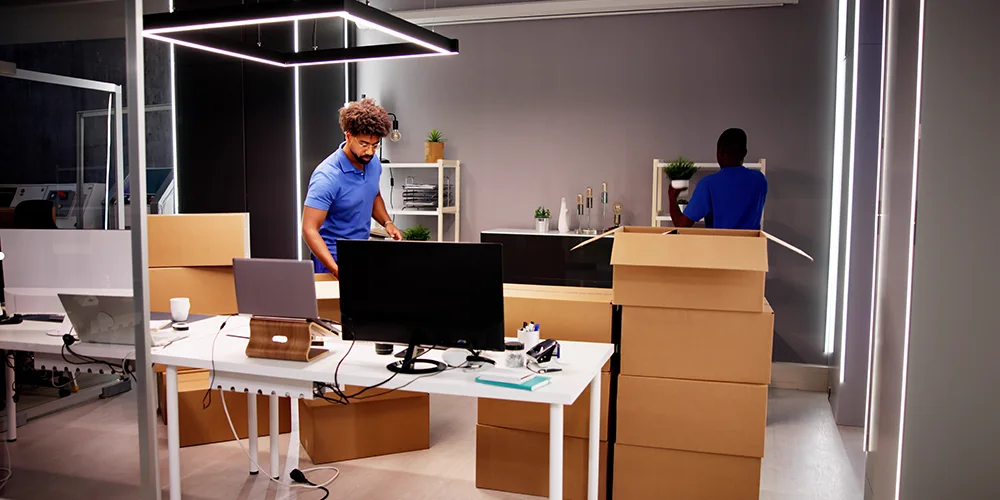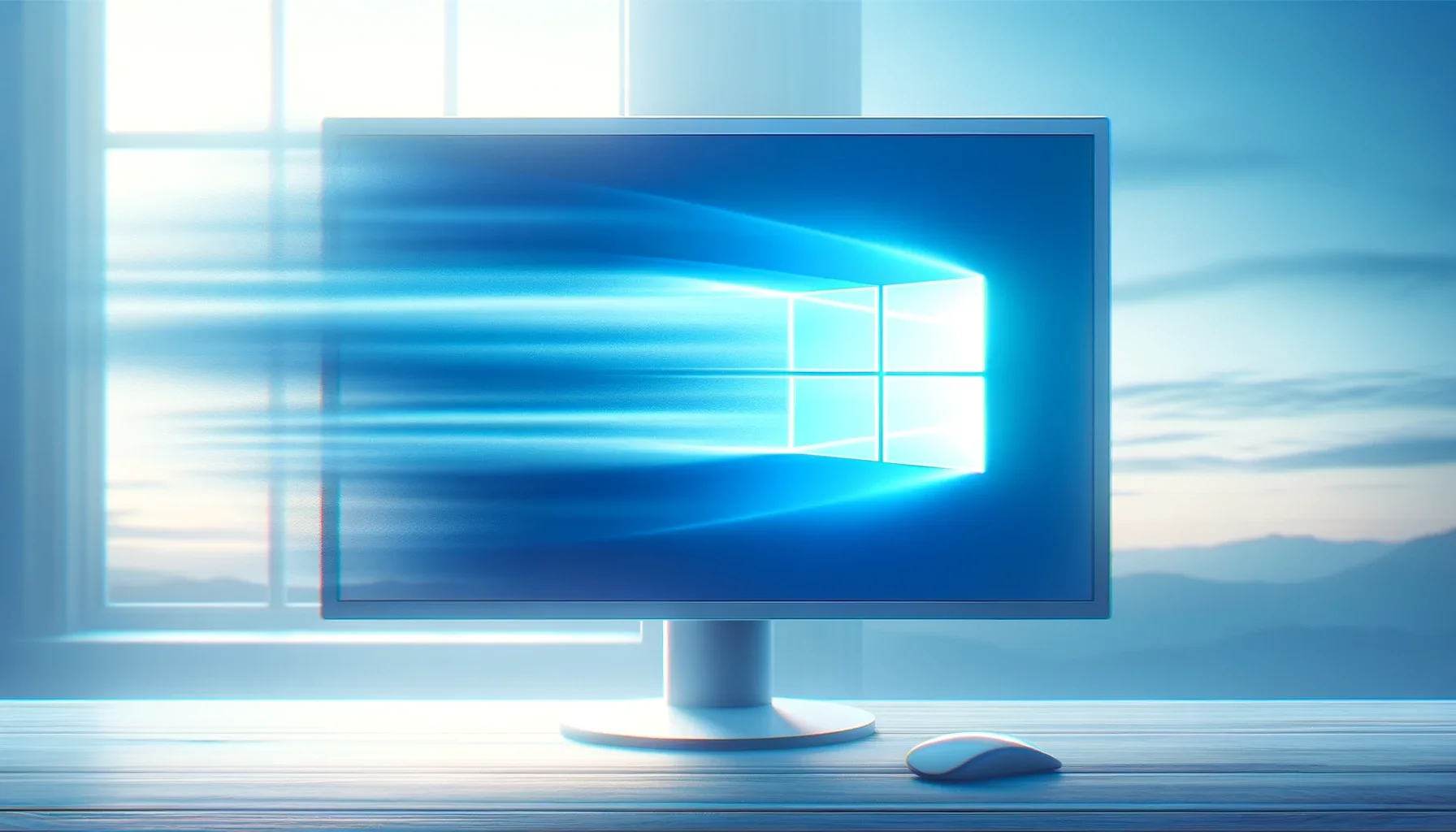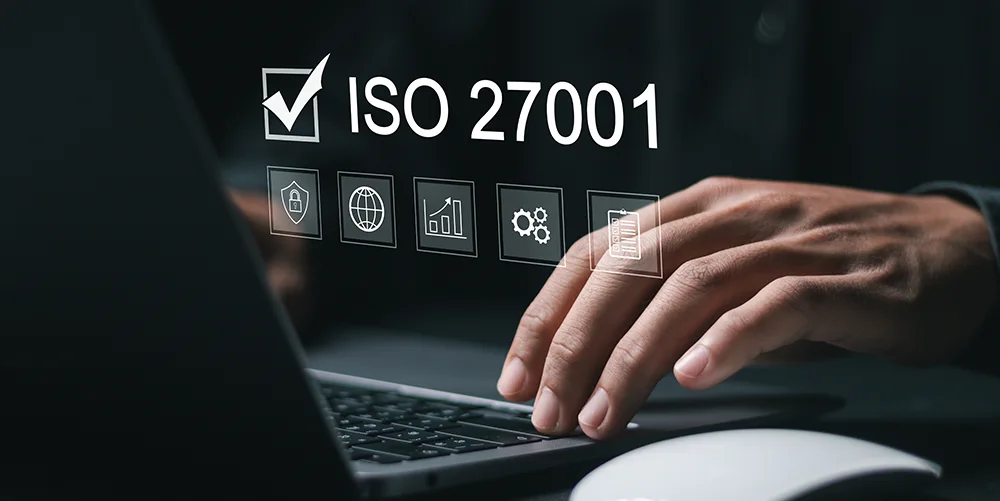Understanding the PSTN switch-off: what it means for you

Posted on April 23, 2024 by Louise Howland
Edited 23/05/24 – BT Group has announced that it has delayed the shutdown of all copper-based phone lines across the UK until 2027, two years later than originally planned, this article has now been updated to reflect this change.
The telecoms industry, led by BT Openreach, have made a significant announcement: the old Public Switched Telephone Network (PSTN) will be shut down on 31st January 2027. This network, which has been in operation for decades, provided fixed telephone services (commonly known as landlines) using copper wire technology. However, due to its aging infrastructure and increasing maintenance challenges, the industry is transitioning to more efficient and modern alternatives.
Why is the PSTN being shut down?
The decision to retire the PSTN stems from several factors:
- Aging Infrastructure: The PSTN relies on copper wires, which are costly to maintain and repair. As these networks age, the associated challenges become more pronounced.
- Digital Advancements: Digital technologies, such as Voice over Internet Protocol (VoIP) and IP telephony, offer superior performance, scalability, and cost-effectiveness compared to traditional analogue systems.
- Industry Evolution: The telecoms landscape has evolved significantly, with businesses and consumers increasingly relying on digital communication channels. The PSTN no longer aligns with the demands of today’s interconnected world.
What does this mean for our customers?
1. Digital Alternatives
Telecoms companies (including internet service providers and telephony providers) will proactively reach out to customers regarding digital alternatives. If you haven’t received communication yet, expect to hear from them soon. These alternatives include VoIP services, cloud-based telephony, and other digital solutions.
2. Business internet and VoIP systems remain unaffected
Most business internet connections and cloud-based or VoIP telephony systems are already operating on digital technology. Therefore, these services will remain unaffected by the PSTN switch-off. Businesses can continue to communicate seamlessly without disruption.
3. Hidden legacy technology
While modern systems are well-prepared for the transition, some older technologies may still rely on PSTN connections. These legacy systems might not be immediately obvious, so it’s essential to consider the following:
- Door entry systems and car park barriers: Some access control systems use PSTN lines. Verify with your provider if these systems need upgrading.
- Fax machines and analogue phones: If your business still uses fax machines or analogue phones, check whether they operate on PSTN lines. Consider migrating to digital alternatives.
- Lift alarm systems: Elevator emergency alarms may be connected via PSTN. Ensure they are compatible with the upcoming changes.
- Old PDQ machines and cash machines: Payment terminals and ATMs could be using PSTN connections. Consult with your provider to ensure a smooth transition.
- Panic/care alarms and BT RedCare systems: These safety systems may also rely on PSTN. Assess their compatibility and explore digital replacements.
Stay informed
To stay informed about the transition and its impact on your telecoms and internet services, reach out to your provider. They can guide you through any necessary changes and ensure a seamless transition away from the PSTN.
For additional information, consider reading the following articles:
PSTN switch-off: What’s happening between now and 2027? | BT Business
UK transition from analogue to digital landlines – GOV.UK (www.gov.uk)
PSTN switch off: The ultimate jargon buster – Gamma (gammagroup.co)







